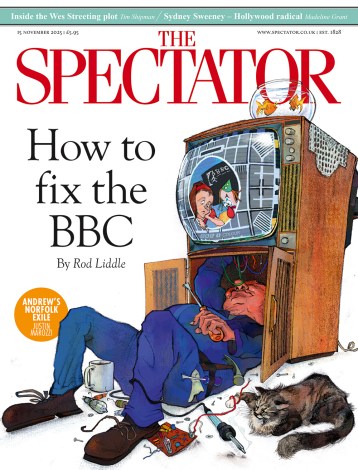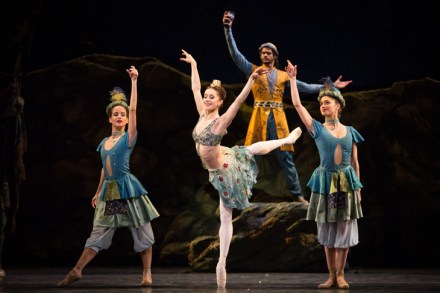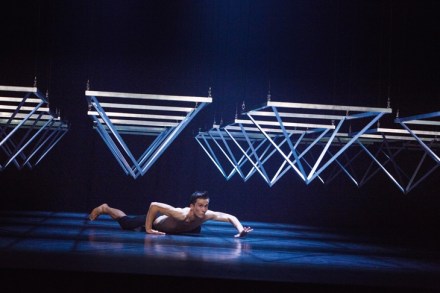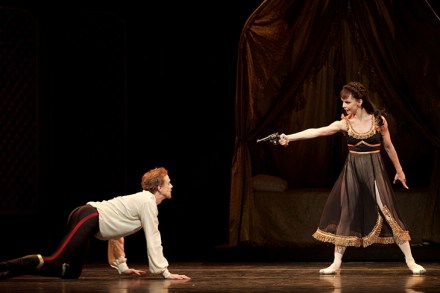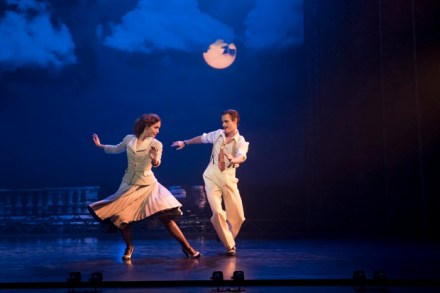A Manon to remember
The Shaolin monks are no strangers to the stage. Their home in Dengfeng is a major stop on the Chinese tourist trail and their lives of quiet contemplation (and shouty martial arts practice) are regularly punctuated by spells on the international circuit with Kung Fu extravaganzas like Wheel of Life and Shaolin Warriors. Quite how they square this six-shows-a-week-plus-matinees life with the whole monk ethic is a question for their Abbot or, just possibly, their agent (Shaolin Intangible Assets Management Co. Ltd. Yes, really). But they put on a very good show, the best of which is Sutra, devised by Belgo-Moroccan dancemaker Sidi Larbi Cherkaoui and performed in an installation

